No products in the cart.
Thiru Arimeya Vinnagaram or Sri Kudamadukuthan Perumal Temple is located in Thirunangur district of Tamil Nadu. The place is known as Kudamdaukoothan kovil. The temple is one of the 108 Divya desams dedicated to the Hindu Lord Vishnu. The temple is built in the Dravidian style of architecture. The temple is closely associated with Thirunangai Alwar. There are 4 daily rituals conducted in the temple.
LEGEND:
According to legend, Lord Shiva started dancing in fury at Thirunangur after the death of his consort Uma, due to the sacrifice of Daksha. Each time a lock of his hair fell and touched the ground, eleven other forms of Lord Shiva would appear. The Gods were worried that if this continued, entire earth and all their creations would be destroyed. They prayed to lord Vishnu to help. Lord Vishnu listened to them and appeared before Lord Shiva. On seing Vishnu, Lord Shiva’s anger was appeased. But to counteract the eleven forms of him that had been created, he asked lord Vishnu to also appear in eleven forms. The eleven forms in which Lord Vishnu appeared in Thirunangur were all in different places. Those eleven places in Thirunangur are where the eleven temples are located.
POOJA RITUALS:
The temple timings are from 8 AM to 10 AM and from 5 PM to 7 PM. Temple rituals are performed by the priests on a daily basis as well as during festive season. The priests belong to the Vaishnavaite community, a brahmin sub caste. There are 4 temple rituals daily:
Ushathkalam at 8 in the morning
Kalasanthi at 10 in the morning
Sayarakshai at 5 in the evening
Ardhajamam at 7 in the evening.
Each of the rituals have 3 procedures which are the alangaram ( decoration), the neivethanam (food offering) and deeparadanai (lighting lamps) for Lord Vishnu and his consort. During the rituals, religious hymns and texts are recited from the Vedas by the priests. There are weekly, fortnightly and monthly rituals performed in the temple.
FESTIVALS:
During the new moon day of the Tamil month Thai, the festival deity of Thirumangai Azhwar is brought to the temple from Thiruvali-Thirunagari. The Thirumangai Azhwar Mangalasasana Utsavam is celebrated in the Tamil month of Thai (January–February). The highlight of the festival is Garudasevai, an event in which the festival images of the eleven Thirunangur Tirupathis are brought on mount designed like Garuda, called Garuda Vahana, to Thirunangur. The festive image of Thirumangai Azhwar is also brought on a Hamsa Vahanam (palaquin) and his paasurams (verses) dedicated to each of these eleven temples are recited during the occasion. The festival images of Thirumangai Alvar and his consort Kumudavalli Naachiyar are taken in a palanquin to each of the eleven temples. The verses dedicated to each of the eleven temples are chanted in the respective shrines. This is one of the most important festivals in the region which draws thousands of visitors
FACTS:
Moolavar:
The Moolavar of this Divyadesam is Sri Kuda Maadu Koothan. (The idol of Moolavar is of the type Sudai Vadivam is made from burnt clay and hence only Thailakaapu is allowed here ie no thirumanjanam is done here). The Moolavar is in the Irundha (Sitting) Thirukkolam facing his thirumugham towards east direction. Prathyaksham for Uthanga Maharishi.
Thayaar:
The Thayaar found in this sthalam is Amrudha Kadavalli.
Utsavar:
The Utsavar found in this sthalam is Gopalakrishnan and he is found with 4 arms.
Mangalasasanam:
- Thirumangaialwar – 10 Paasurams.
Total – 10 Paasurams.
Pushkarani:
- Kodi theertham.
- Amirtha theertham.
Vimanam:
Uchasringa Vimaanam.
Thiru Arimeya Vinnagaram
One thought on “Thiru Arimeya Vinnagaram”
Leave a Reply
You must be logged in to post a comment.

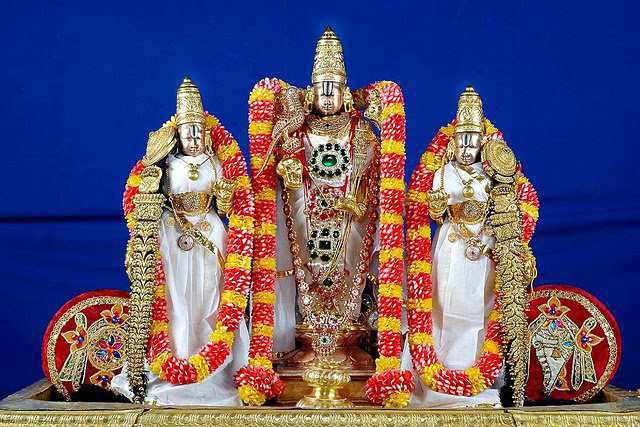
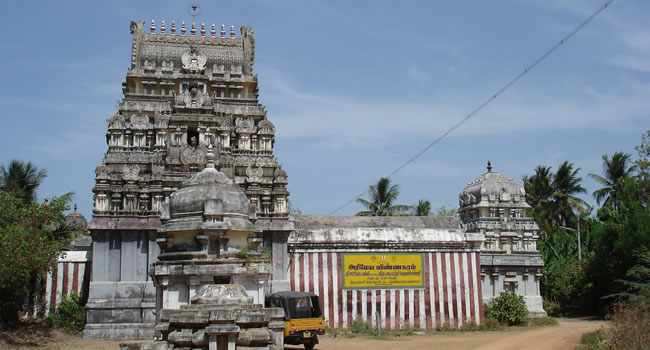
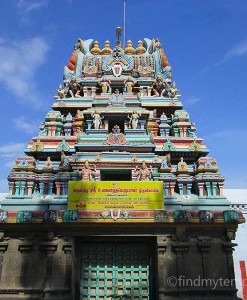
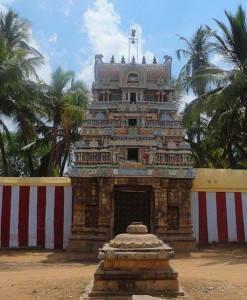
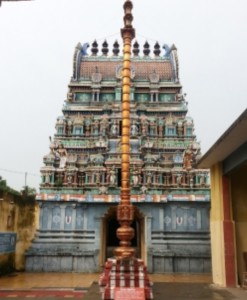
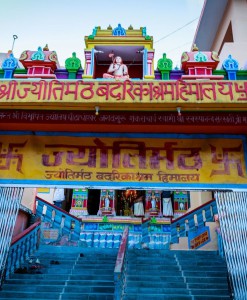
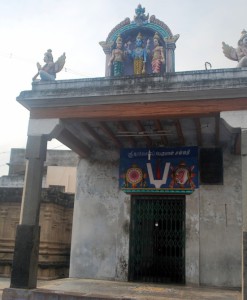
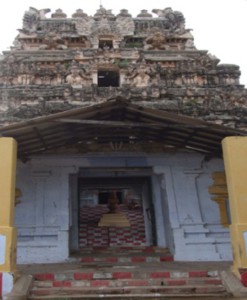
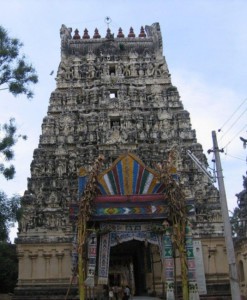
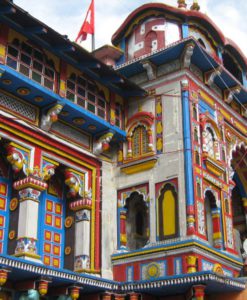
I’ m sure a lot of you might have not realized that the main deity over here is made from burnt clay and that is why only thailakappu is done here and no thirumanjanam is done. In fact it is the second and one among the Thirunaangur Thirupathi’s. The rituals done here on a daily basis are quite elaborate starting with alangaram, neivethiyam and finally deepoaradhana along with hymns song by the priest and the devotees. It felt like there was so much of positive energy and vibration all around.